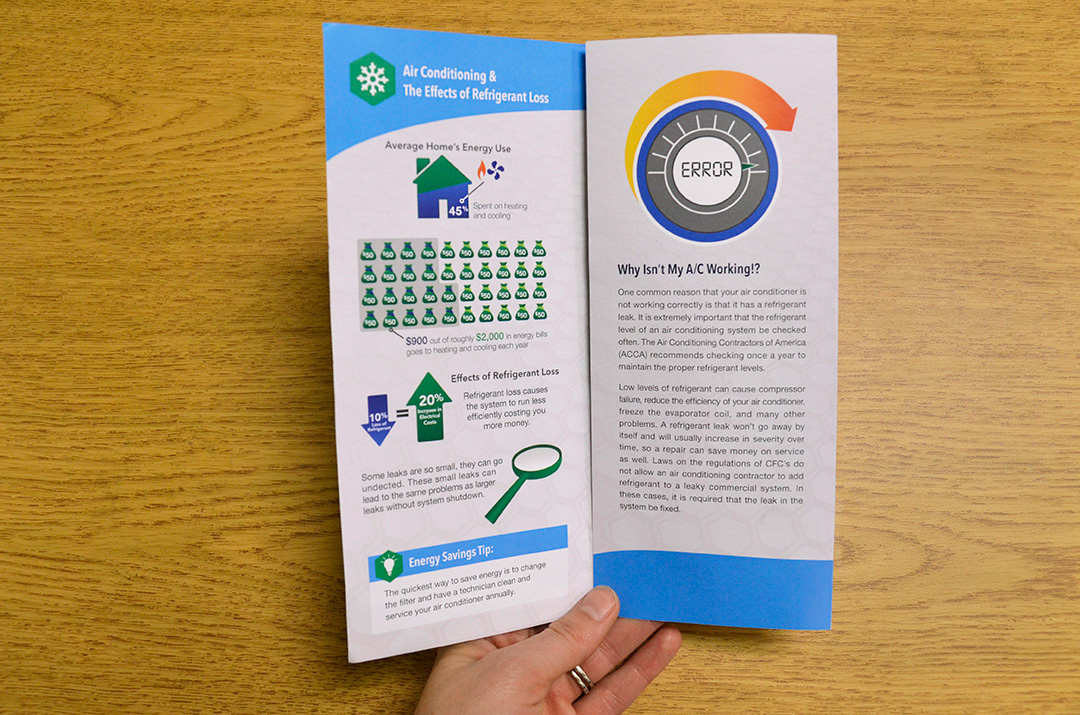The Ultimate Guide To Recognizing Heat Pumps - Just How Do They Work?
The Ultimate Guide To Recognizing Heat Pumps - Just How Do They Work?
Blog Article
Uploaded By-Junker Bland
The most effective heat pumps can save you significant quantities of money on power costs. They can also help reduce greenhouse gas emissions, especially if you use power in place of nonrenewable fuel sources like gas and home heating oil or electric-resistance furnaces.
Heat pumps function very much the like ac system do. This makes them a viable alternative to typical electrical home heating unit.
Just how They Work
Heat pumps cool homes in the summer season and, with a little aid from electrical energy or natural gas, they supply some of your home's heating in the winter season. They're a great alternative for people that wish to minimize their use of nonrenewable fuel sources but aren't prepared to replace their existing furnace and cooling system.
They rely upon the physical reality that also in air that seems also chilly, there's still energy present: cozy air is constantly moving, and it intends to relocate into cooler, lower-pressure environments like your home.
The majority of ENERGY celebrity certified heatpump run at close to their heating or cooling capacity throughout a lot of the year, lessening on/off cycling and saving energy. For the best efficiency, concentrate on systems with a high SEER and HSPF rating.
The Compressor
The heart of the heatpump is the compressor, which is additionally referred to as an air compressor. This mechanical flowing tool utilizes prospective energy from power production to boost the pressure of a gas by reducing its volume. It is different from a pump because it just services gases and can not deal with fluids, as pumps do.
Atmospheric air goes into the compressor through an inlet shutoff. It travels around vane-mounted arms with self-adjusting length that separate the inside of the compressor, producing multiple cavities of varying size. The blades's spin pressures these cavities to move in and out of phase with each other, pressing the air.
The compressor pulls in the low-temperature, high-pressure cooling agent vapor from the evaporator and compresses it into the hot, pressurized state of a gas. This procedure is repeated as needed to supply home heating or air conditioning as required. The compressor likewise includes a desuperheater coil that recycles the waste warm and adds superheat to the cooling agent, transforming it from its liquid to vapor state.
The Evaporator
The evaporator in heat pumps does the same point as it performs in refrigerators and ac unit, changing liquid refrigerant into a gaseous vapor that eliminates heat from the space. Heatpump systems would not function without this critical piece of equipment.
click the up coming webpage of the system lies inside your home or structure in an interior air handler, which can be either a ducted or ductless device. It includes an evaporator coil and the compressor that presses the low-pressure vapor from the evaporator to high pressure gas.
Heat pumps soak up ambient warm from the air, and afterwards utilize electrical power to move that warm to a home or business in home heating mode. That makes them a great deal extra energy efficient than electric heating systems or furnaces, and because they're using clean electricity from the grid (and not burning gas), they also create far fewer exhausts. That's why heat pumps are such fantastic environmental options. (And also a significant reason why they're coming to be so preferred.).
The Thermostat.
Heatpump are terrific options for homes in cold climates, and you can use them in combination with traditional duct-based systems and even go ductless. They're a fantastic alternative to nonrenewable fuel source furnace or standard electrical heating systems, and they're a lot more sustainable than oil, gas or nuclear a/c devices.
Your thermostat is one of the most important component of your heatpump system, and it functions extremely differently than a conventional thermostat. All mechanical thermostats (all non-electronic ones) job by utilizing compounds that transform size with enhancing temperature level, like coiled bimetallic strips or the broadening wax in a car radiator valve.
the heat pump people consist of two different kinds of metal, and they're bolted with each other to develop a bridge that finishes an electrical circuit connected to your heating and cooling system. As the strip gets warmer, one side of the bridge broadens faster than the various other, which creates it to bend and signal that the heater is needed. When the heatpump is in home heating setting, the reversing valve reverses the flow of refrigerant, so that the outdoors coil currently functions as an evaporator and the interior cylinder becomes a condenser.